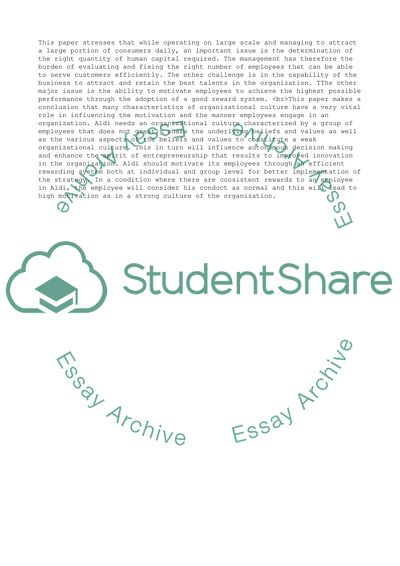Cite this document
(“Operations People & Performance in Aldi Supermarket Essay”, n.d.)
Operations People & Performance in Aldi Supermarket Essay. Retrieved from https://studentshare.org/management/1669142-operations-people-performance-in-aldi-supermarket
Operations People & Performance in Aldi Supermarket Essay. Retrieved from https://studentshare.org/management/1669142-operations-people-performance-in-aldi-supermarket
(Operations People & Performance in Aldi Supermarket Essay)
Operations People & Performance in Aldi Supermarket Essay. https://studentshare.org/management/1669142-operations-people-performance-in-aldi-supermarket.
Operations People & Performance in Aldi Supermarket Essay. https://studentshare.org/management/1669142-operations-people-performance-in-aldi-supermarket.
“Operations People & Performance in Aldi Supermarket Essay”, n.d. https://studentshare.org/management/1669142-operations-people-performance-in-aldi-supermarket.


